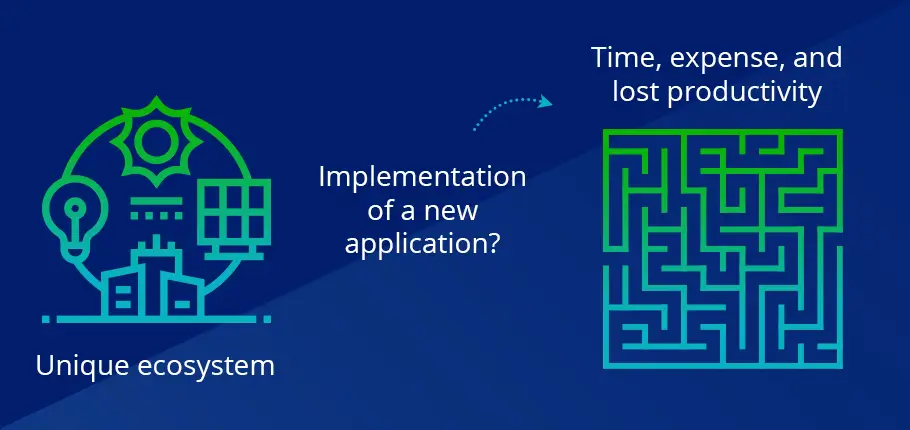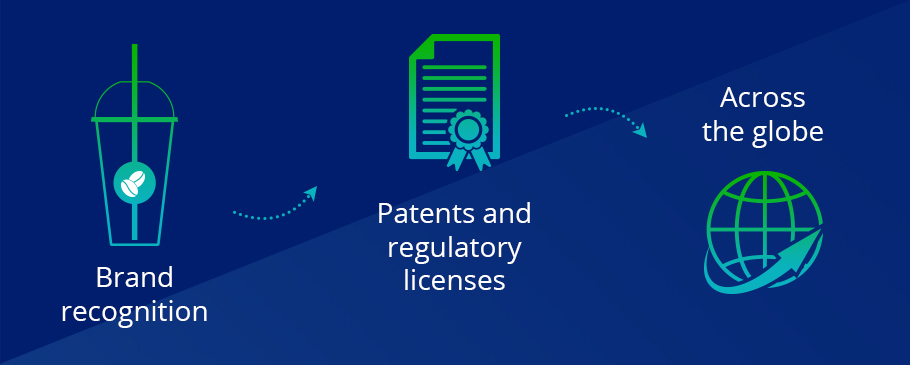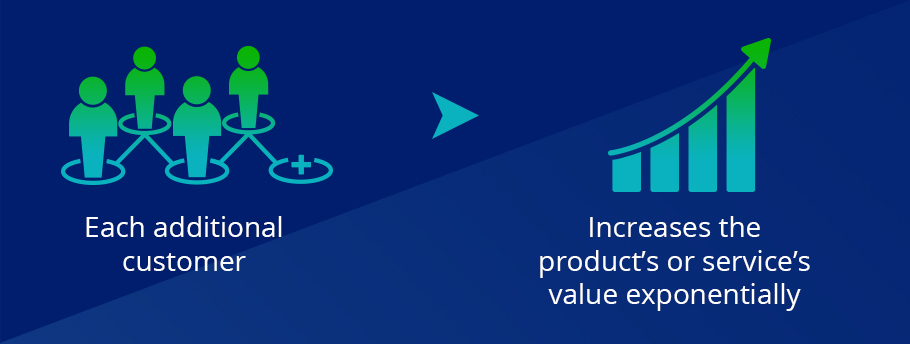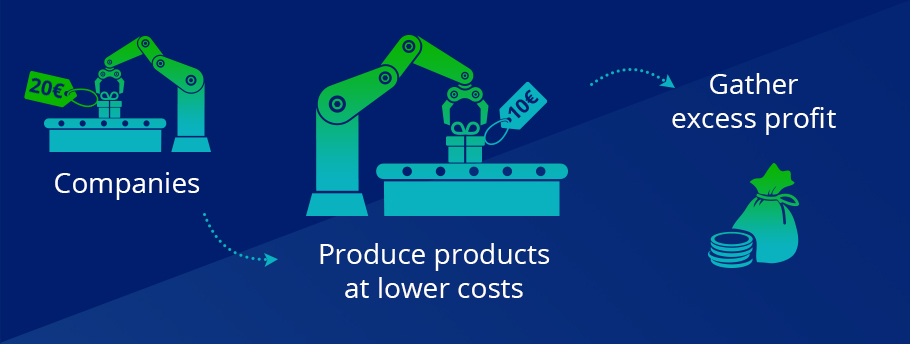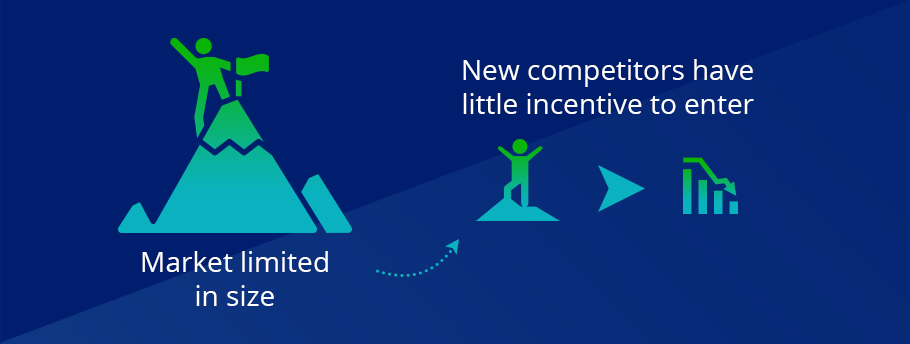Discover VanEck’s Moat ETF Suite
The ETFs are based on a simple concept: Invest in companies with sustainable competitive advantages normally trading at attractive valuations. Over time, these companies seem well positioned to generate superior returns than the broader market. Morningstar’s forward-looking equity research turns the moat philosophy into an actionable investment strategy. This strategy is accessible through four ETFs from VanEck and could be considered for a US or global equity allocation.

- Exposure: U.S. Moat Stocks
- Sector agnostic strategy that identifies valuation opportunities across the market
- Avoids concentration on few megacaps
- ESG screening applied
- Please be aware of risks, including the risk of investing in US stocks
ETF Details
ETF Details
Basis-Ticker: MOATISIN: IE00BQQP9H09
TER: 0.49%
AUM: $409.1 M (as of 25-03-2025)
SFDR Classification: Article 8
Lower risk
Higher risk
Typically lower reward
Typically higher reward

- Exposure: U.S. Moat Stocks
- Sector and style agnostic strategy focusing on Small and Mid-cap stocks
- Attractively valued stocks by Morningstar with competitive advantages
- Please be aware of risks, including the risk of investing smaller companies
ETF Details
ETF Details
Basis-Ticker: SMOTISIN: IE000SBU19F7
TER: 0.49%
AUM: $15.3 M (as of 25-03-2025)
SFDR Classification: Article 6
Lower risk
Higher risk
Typically lower reward
Typically higher reward

- Exposure: Global Moat Stocks
- Rules-based picks across global markets, based on valuation opportunities
- Includes both developed and emerging markets
- Please be aware of risks, including the risk of investing in equities
ETF Details
ETF Details
Basis-Ticker: GOATISIN: IE00BL0BMZ89
TER: 0.52%
AUM: $96.0 M (as of 25-03-2025)
SFDR Classification: Article 6
Lower risk
Higher risk
Typically lower reward
Typically higher reward

- Exposure: U.S. Moat Stocks
- Sector and style agnostic strategy that identifies undervalued US stock according to Morningstar analysts
- Equal weighted approach to enforce diversification
- Please be aware of risks, including the risk of investing in US stocks
ETF Details
ETF Details
Basis-Ticker: MOTUISIN: IE0007I99HX7
TER: 0.46%
AUM: $56.2 M (as of 25-03-2025)
SFDR Classification: Article 6
Lower risk
Higher risk
Typically lower reward
Typically higher reward

- Exposure: U.S. Moat Stocks
- Sector agnostic strategy that identifies valuation opportunities across the market
- Avoids concentration on few megacaps
- ESG screening applied
- Please be aware of risks, including the risk of investing in US stocks
ETF Details
ETF Details
Basis-Ticker: MOATISIN: IE00BQQP9H09
TER: 0.49%
AUM: $409.1 M (as of 25-03-2025)
SFDR Classification: Article 8
Lower risk
Higher risk
Typically lower reward
Typically higher reward

- Exposure: U.S. Moat Stocks
- Sector and style agnostic strategy focusing on Small and Mid-cap stocks
- Attractively valued stocks by Morningstar with competitive advantages
- Please be aware of risks, including the risk of investing smaller companies
ETF Details
ETF Details
Basis-Ticker: SMOTISIN: IE000SBU19F7
TER: 0.49%
AUM: $15.3 M (as of 25-03-2025)
SFDR Classification: Article 6
Lower risk
Higher risk
Typically lower reward
Typically higher reward

- Exposure: Global Moat Stocks
- Rules-based picks across global markets, based on valuation opportunities
- Includes both developed and emerging markets
- Please be aware of risks, including the risk of investing in equities
ETF Details
ETF Details
Basis-Ticker: GOATISIN: IE00BL0BMZ89
TER: 0.52%
AUM: $96.0 M (as of 25-03-2025)
SFDR Classification: Article 6
Lower risk
Higher risk
Typically lower reward
Typically higher reward

- Exposure: U.S. Moat Stocks
- Sector and style agnostic strategy that identifies undervalued US stock according to Morningstar analysts
- Equal weighted approach to enforce diversification
- Please be aware of risks, including the risk of investing in US stocks
ETF Details
ETF Details
Basis-Ticker: MOTUISIN: IE0007I99HX7
TER: 0.46%
AUM: $56.2 M (as of 25-03-2025)
SFDR Classification: Article 6
Lower risk
Higher risk
Typically lower reward
Typically higher reward

- Exposure: U.S. Moat Stocks
- Sector agnostic strategy that identifies valuation opportunities across the market
- Avoids concentration on few megacaps
- ESG screening applied
- Please be aware of risks, including the risk of investing in US stocks
ETF Details
ETF Details
Basis-Ticker: MOATISIN: IE00BQQP9H09
TER: 0.49%
AUM: $409.1 M (as of 25-03-2025)
SFDR Classification: Article 8
Lower risk
Higher risk
Typically lower reward
Typically higher reward

- Exposure: U.S. Moat Stocks
- Sector and style agnostic strategy focusing on Small and Mid-cap stocks
- Attractively valued stocks by Morningstar with competitive advantages
- Please be aware of risks, including the risk of investing smaller companies
ETF Details
ETF Details
Basis-Ticker: SMOTISIN: IE000SBU19F7
TER: 0.49%
AUM: $15.3 M (as of 25-03-2025)
SFDR Classification: Article 6
Lower risk
Higher risk
Typically lower reward
Typically higher reward

- Exposure: Global Moat Stocks
- Rules-based picks across global markets, based on valuation opportunities
- Includes both developed and emerging markets
- Please be aware of risks, including the risk of investing in equities
ETF Details
ETF Details
Basis-Ticker: GOATISIN: IE00BL0BMZ89
TER: 0.52%
AUM: $96.0 M (as of 25-03-2025)
SFDR Classification: Article 6
Lower risk
Higher risk
Typically lower reward
Typically higher reward
Risk: You may lose money up to the total loss of your investment due to Equity Market Risk and Concentration Risk as described in the Main Risk Factors, KID (MOTU/MOAT/SMOT/GOAT) and prospectus.

